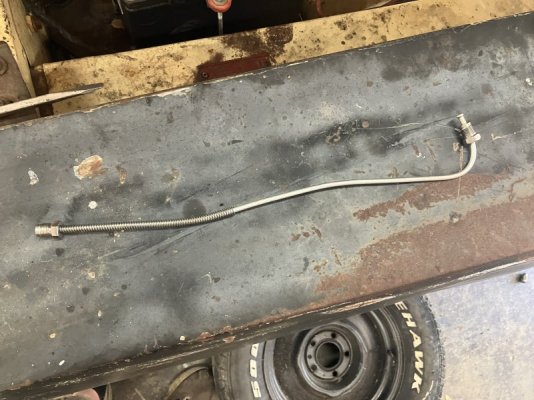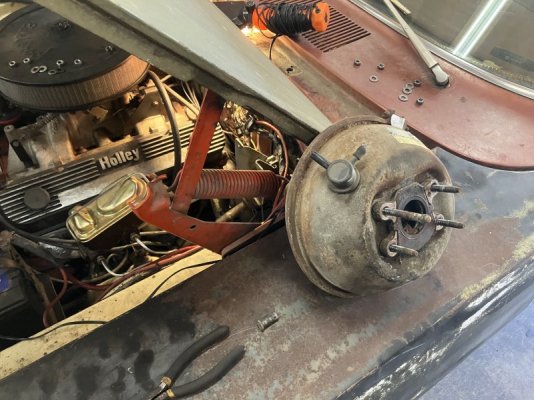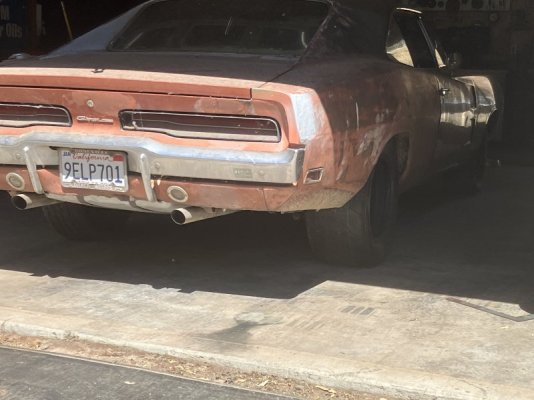Sometimes, a project tests you and makes you rethink what you think that you know.
I'm not a trained mechanic. Like most of you guys, I'm just an enthusiast that has wrenched on these since I was old enough to drive.
I've been through the wringer with the red car....
That car started out a 4 wheel 10" drum model, followed by a 11" power front disc setup from a 75 Dart, then 12" discs from a Cordoba, etc etc...
I've dealt with manual brakes, A body single diaphragm boosted brakes, The A body booster with a vacuum pump, B body booster with a vacuum pump and hydroboost.
There are a few guidelines that you learn after trying the common combinations.
Low engine vacuum due to rowdy camshafts mean you need either a manual master cylinder, a stock type vacuum booster
with a vacuum pump or hydroboost.
How much vacuum do you need to adequately serve the power booster?
That is subject to debate. Many stock engines produce well above 18" of vacuum at idle in neutral. The red car has a vacuum pump that generates 20" of vacuum which is more than enough. The Lunati cam is so wild, it only makes about 9-10" of vacuum at idle!
I've driven the red car with an A body single diaphragm and 17" of vacuum at idle in neutral and it seemed to work fine.
This car though....
I need to test the vacuum in gear but at idle, it was over 16" in neutral when I tested it yesterday. The cam is not rowdy! The car does not have a heavy lope at all. The engine has under 200 miles on it even though I built it in 2020.
Still, the brake pedal is super firm and has very little travel. If I'm in gear trying to stop, the pedal feels like there is no boost happening at all. If I pop it into neutral and hit the brakes, they feel better and the car stops easier. I take this to mean that the booster just isn't getting enough vacuum to function. I did a "test suck" on the vacuum fitting check valve and it works fine.
How about trying another booster?
Booster number 2 and the pedal feel is actually worse. Both boosters seem to be working as well as they should, neither "hiss" like a failing one often does. I am looking at returning to the manual setup with the same 15/16" master cylinder that I had before OR the aluminum 1.03" Force 10 unit.
My gripe about the manual brakes before was pedal travel and feel.
Hey...all of this stuff is already here, I'm spending no money on these experiments but I'd hope that with all of this stuff, I'd learn something.
Either I have 2 bad boosters in a row which seems unlikely since the first booster worked fine in the other car.
That leaves
insufficient vacuum as the reason for the boosters not performing.
What else should I be looking for? It isn't as if the booster pushrod is recessed, giving too much pedal travel before engaging the brakes.
I had the same version of this cam in the first 440 that I had in this car in 2001. It had enough vacuum to stop the car then. Can the 57 cubic inches of difference between the 383 and 440 make that much of a difference?
I have 2 or 3 more of these A body boosters to try OR I could just admit failure and put the manual master cylinder back in.
I'm not sure what I'll do yet.



















